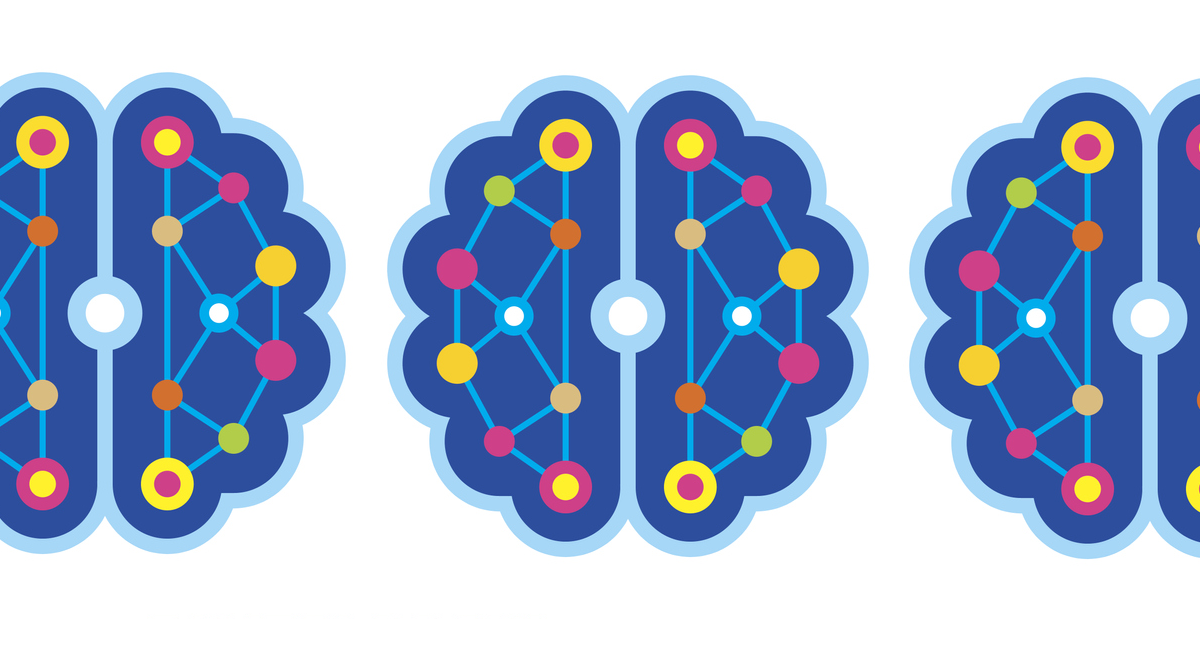Ads
Delving into the world of artificial intelligence (AI) can be an exciting challenge. However, deciphering the terminology and understanding the differences between its various disciplines can be a bit confusing. In this context, two terms emerge that are often used interchangeably but have fundamental differences: machine learning and deep learning.
The main objective of this post is to provide a comprehensive analysis of these two fundamental concepts in the field of AI. We'll unravel their definitions, characteristics, applications, and how they differ from each other. Not only that, but we'll also explore which of them may be the key to success in the world of AI.
Ads
Machine learning is a subfield of AI based on the idea that systems can learn from data, identify patterns, and make decisions with minimal human intervention. Deep learning, on the other hand, is a machine learning technique that teaches computers to do what comes naturally to humans: learn from experience.
Understanding the differences and similarities between these two disciplines can be crucial for anyone interested in developing or implementing AI solutions. Ultimately, we're left wondering: Is machine learning or deep learning the key to success in the field of artificial intelligence? Let's find out!
Ads
Machine learning: the basis for artificial intelligence

Machine learning is a branch of artificial intelligence that deals with the ability of machines to learn and improve their performance based on previous experience. In its most basic form, machine learning allows computers to learn to perform tasks without being explicitly programmed.
He supervised learning and the unsupervised learning There are two main approaches in machine learning. The first involves using labeled training data to predict or classify new data, while the second relies on detecting patterns in unlabeled data.
Machine learning has found application in a variety of fields, including:
- Fraud detection
- Voice recognition
- Recommendation systems
- Medical diagnosis
Although machine learning has proven extremely useful in a wide range of applications, it has its limitations. Machine learning models can be prone to prediction errors if training data is scarce or of poor quality.
Deep Learning: A Step Beyond Machine Learning

Deep learning is a subset of machine learning that mimics the functioning of the human brain by using artificial neural networks at different levels of abstraction. In simple terms, deep learning takes the concept of machine learning to a more advanced and detailed level.
The neural networks used in deep learning have multiple hidden layers between the input and output. This allows the model to learn more complex and abstract features from the data.
Deep learning has proven to be especially effective in tasks involving large amounts of unstructured data, such as image recognition and natural language processing. Some applications of deep learning include:
- Machine translation
- Voice recognition
- Image recognition
- Autonomous driving
Despite its effectiveness, deep learning also presents challenges. It requires large volumes of training data and considerable processing power, which can be expensive and limiting in some applications.
Machine Learning vs. Deep Learning: What's the Key to Success?
It's important to understand that machine learning and deep learning are not mutually exclusive, but rather complementary. Both approaches have their own strengths and weaknesses, and the choice between one or the other depends largely on the specific problem being solved.
Machine learning encompasses various algorithms for analyzing data and making predictions, while deep learning, based on neural networks, is most effective for complex tasks such as image recognition and natural language processing. The key to success lies in choosing the right approach based on the complexity of the problem.
Factors to consider
When choosing between machine learning and deep learning, there are several factors to consider:
- Dataset size: Deep learning typically requires large data sets to perform well. If you have a smaller data set, machine learning might be a more viable option.
- Processing capacity: Deep learning requires a lot of processing power, which can be challenging if resources are limited.
- Task complexity: If the task is very complex and requires high-level feature extraction, deep learning might be more suitable.
Conclusion
Ultimately, both machine learning and deep learning have a crucial role to play in the journey toward artificial intelligence. The key to success lies in understanding the unique characteristics of each approach and applying the most appropriate one to each specific situation.
Conclusion
In conclusion, both machine learning and deep learning are fundamental to the advancement of artificial intelligence. Each has its own strengths, limitations, and specific applications. Machine learning provides a solid foundation, allowing machines to learn from experience and improve their performance. On the other hand, deep learning takes the concept of machine learning to a more advanced level, mimicking the functioning of the human brain to learn more complex and abstract features from data. The choice between one or the other will largely depend on the specific problem being solved, taking into account factors such as dataset size, processing power, and task complexity. Therefore, the key to success on the path to artificial intelligence lies in understanding and optimally applying these technologies, according to specific needs and circumstances. There is no single, definitive answer; it is a journey of exploration and continuous adaptation!



